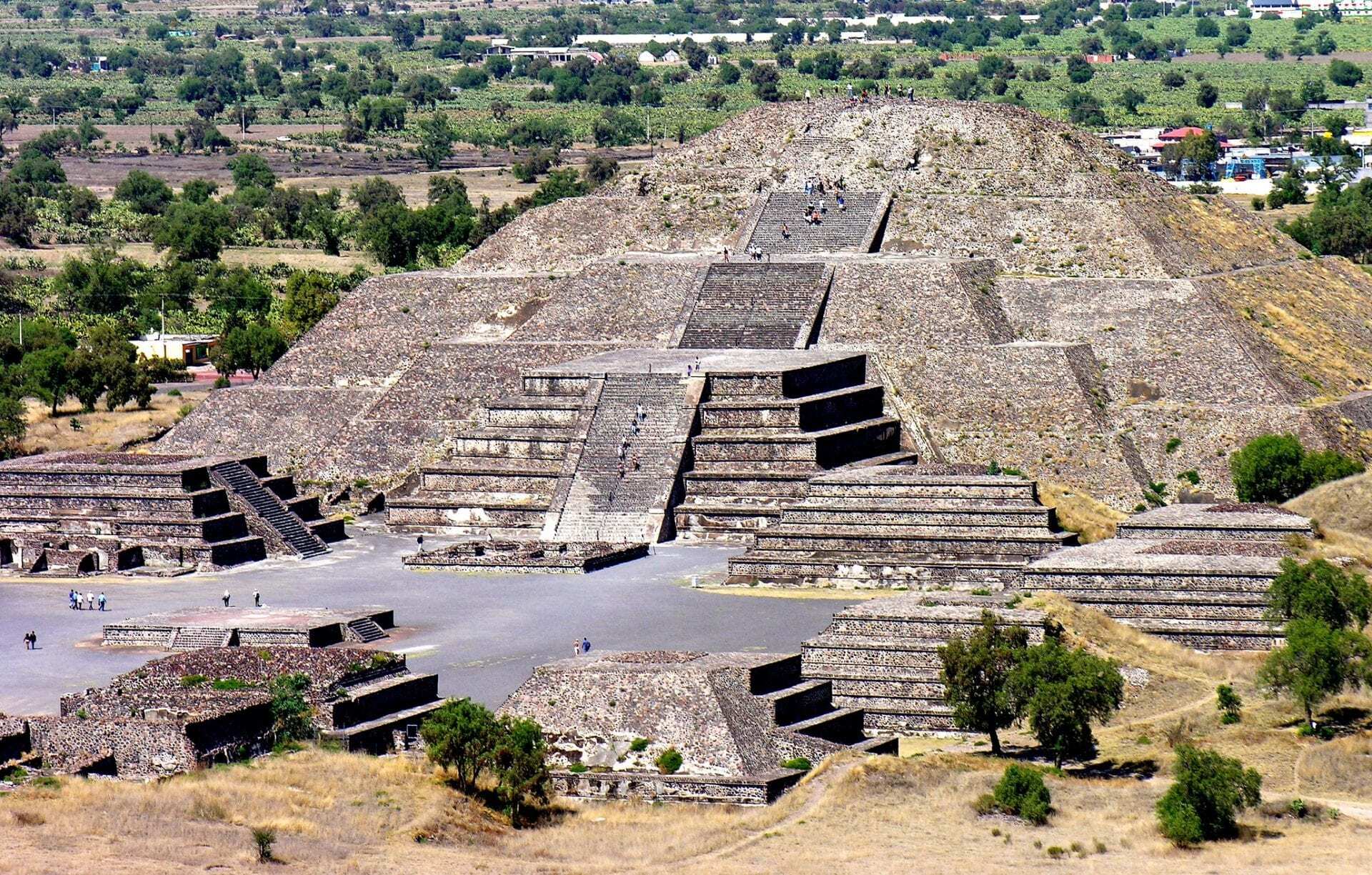Archaeologists and a multi-discipline team of researchers find traces of cinnabar, a bright scarlet to brick-red form of mercury sulfide (HgS), and hematite in a mural in the Quetzalpapálotl Complex at Teotihuacan.
Teotihuacán is an ancient Mesoamerican city, built between the 1st and 7th centuries AD. The city developed into one of the largest urban centres in the pre-Columbian Americas, with a population of around 125,000–200,000 inhabitants and covered an area of 8895 acres.
The study was led by the National Institute of Anthropology and History (INAH), in conjunction with experts from the Centre for Applied Physics and Advanced Technology (CFATA) and the Institute of Geology, of the National Autonomous University of Mexico (UNAM).
The research team performed a non-invasive analysis using X-ray fluorescence spectrometry, scanning electron microscopy equipped with an energy dispersion spectrometer (SEM-EDS) and Raman spectroscopy.
The analysis was conducted on various mural paintings in the complex of Quetzalpapálotl (located southwest of Plaza de la Luna, where early and late phase structures can be found), that revealed the early murals from around AD 200 to 350 AD used cinnabar and hematite to achieve the reddish tones. Murals in Teotihuacan were often painted with the colour red, believed to be associated with blood, life, fertility, and the rebirth of the sun.
Researchers from INAH said: “This mineral was a symbol of wealth, power, and magical properties related to the gods of the underworld. Cinnabar’s high esteem lies not only in its rarity, but also in the chemical characteristics of the pigment since the behavior of the color is similar to that of blood, which gives it a special connection ”.
The study also detected the use of gypsum and the first reported use of plaster in the production of stucco. Since it is a less resistant material, it is likely gypsum was used in murals with finer paints and decorations that were less exposed to the environment.
Header Image Credit : Dennis Jarvis







